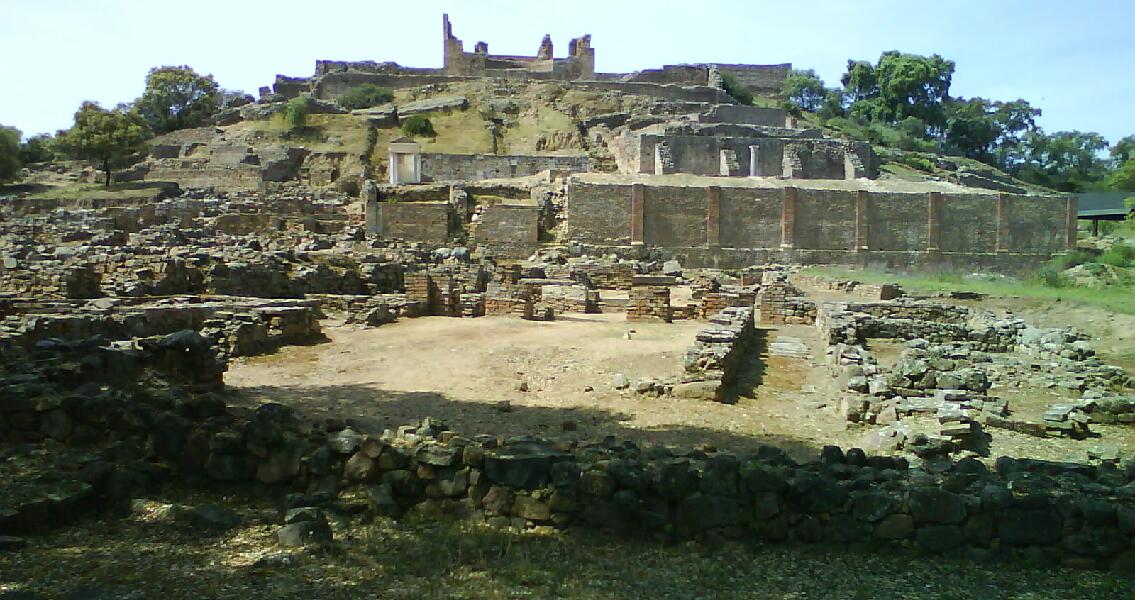<![CDATA[Archaeologists working in Southern Spain, in the ancient city of Munigua, have discovered an elaborate copper mining operation built by the Romans on an even older mining system built thousands of years ago. The original inhabitants of the region, the Turdetani, apparently began exploiting the ore found in Munigua more than 4,000 years ago. Recently, excavators discovered the elaborate ventilated system of galleries and connecting tunnels which created floors at various depths, allowing the miners to extract metal at a depth below what was believed possible at that time. Greek ceramics dating to the fourth century BCE are the earliest evidence of a settlement at Munigua. When the Romans conquered the city primarily for its mines, Munigua was already a major hub. Archaeologists who have been excavating at the site since 1956 have unearthed temples, sanctuaries, a forum, thermal baths, a two-story hall, city walls and a large necropolis. The presence of valuable metals was a motivating factor in Rome’s decision to invade other cities and countries, including those as far away as Israel where copper production was massively increased during the Roman occupation. The Romans didn't introduce mining in Spain either, they simply exploited the existing mines which were already being used. To expand his empire, Hamilcar Barca of Carthage, a Punic general, established New Carthage on the southeast coast of Spain during the second half of the third century BCE, when he also took control of the Munigua mines, which refilled Carthage's coffers within just a few years. In 218 BCE the Romans, in an attempt to interrupt Carthage’s supply of metal, conquered New Carthage. The Romans did more than mine in Munigua, archeologists have also discovered a tetrastyle temple which was likely dedicated to Jupiter, in addition to a temple of Mercury unearthed in the same area, as well as a two-story porticus and a nymphaeum (a monument dedicated to the nymphs, which were usually found in public bathhouses). During the second century BCE, more than a hundred years later, metal mining in massive quantities began again. “We know that metal production enormously increased partly from vast slag deposits in Munigua, some the size of football fields. This has much to do with our knowledge of their mining operations.” Thomas G. Schattner with the German Archaeological Institute, who led the excavations, says in an article published by Haaretz, "Slag is a first-class archaeological source material, as it can be analyzed and can give precise information about the metal melted, the process by which melting was achieved and the chemical characteristics of the metal,” A break in production occurred during the third century CE, possibly due to a massive earthquake that left the city in ruins and from which Munigua never seemed to fully recover. People inhabited the city for another 300 years, however, no new buildings were constructed during that time. By the later half of the sixth century CE, the city appeared to have been abandoned. ]]>
Copper Mine Seized and Expanded by the Romans found in Spain
